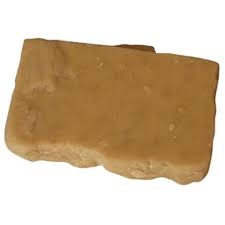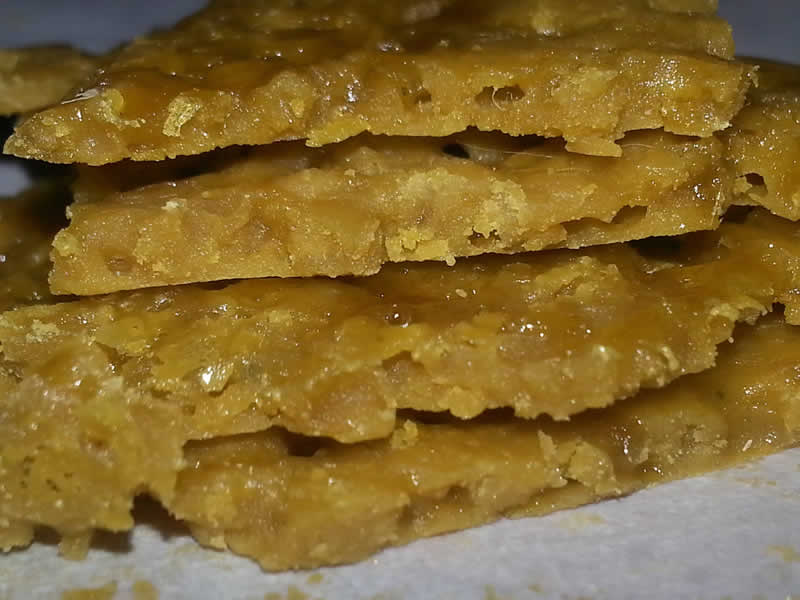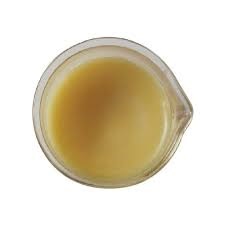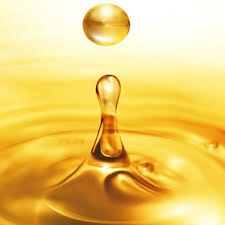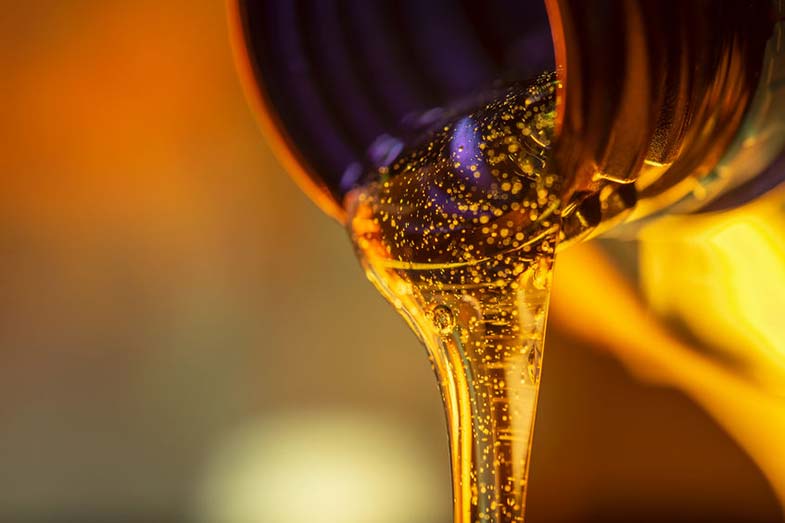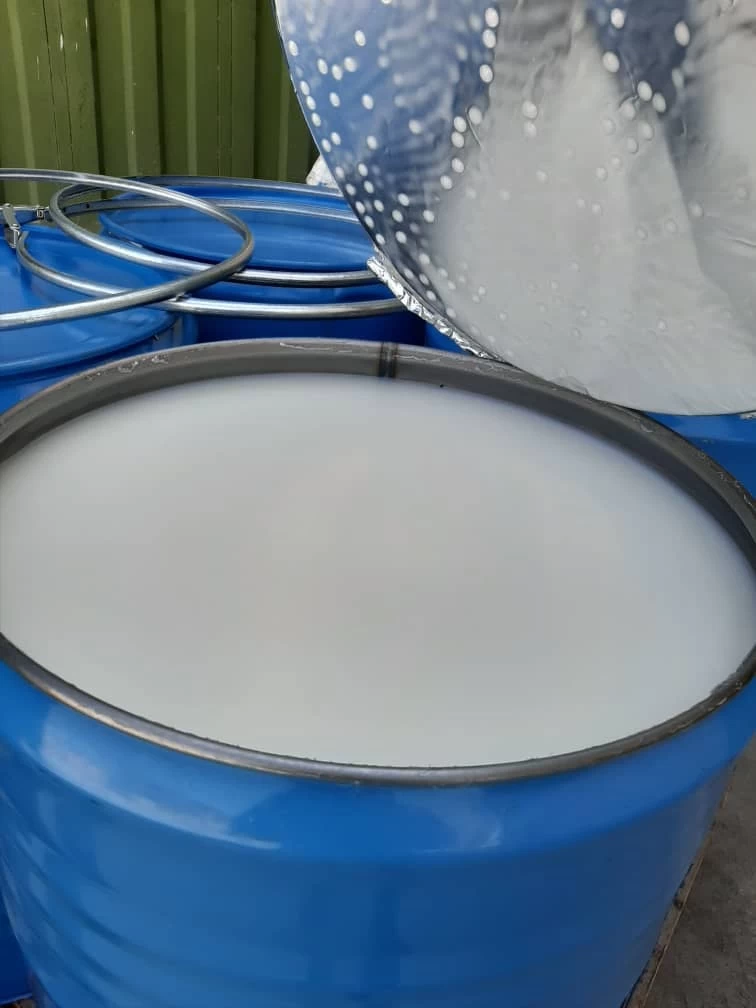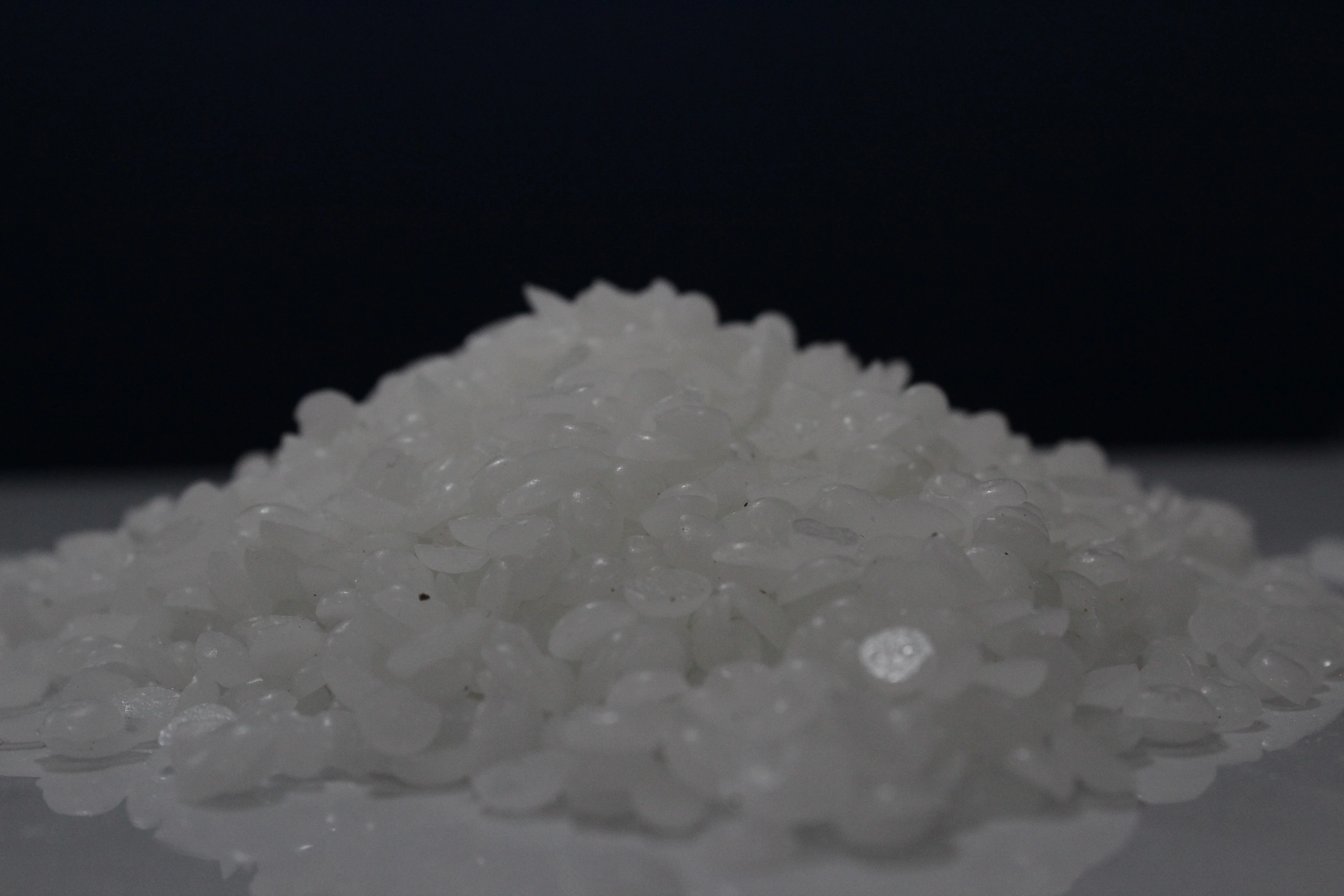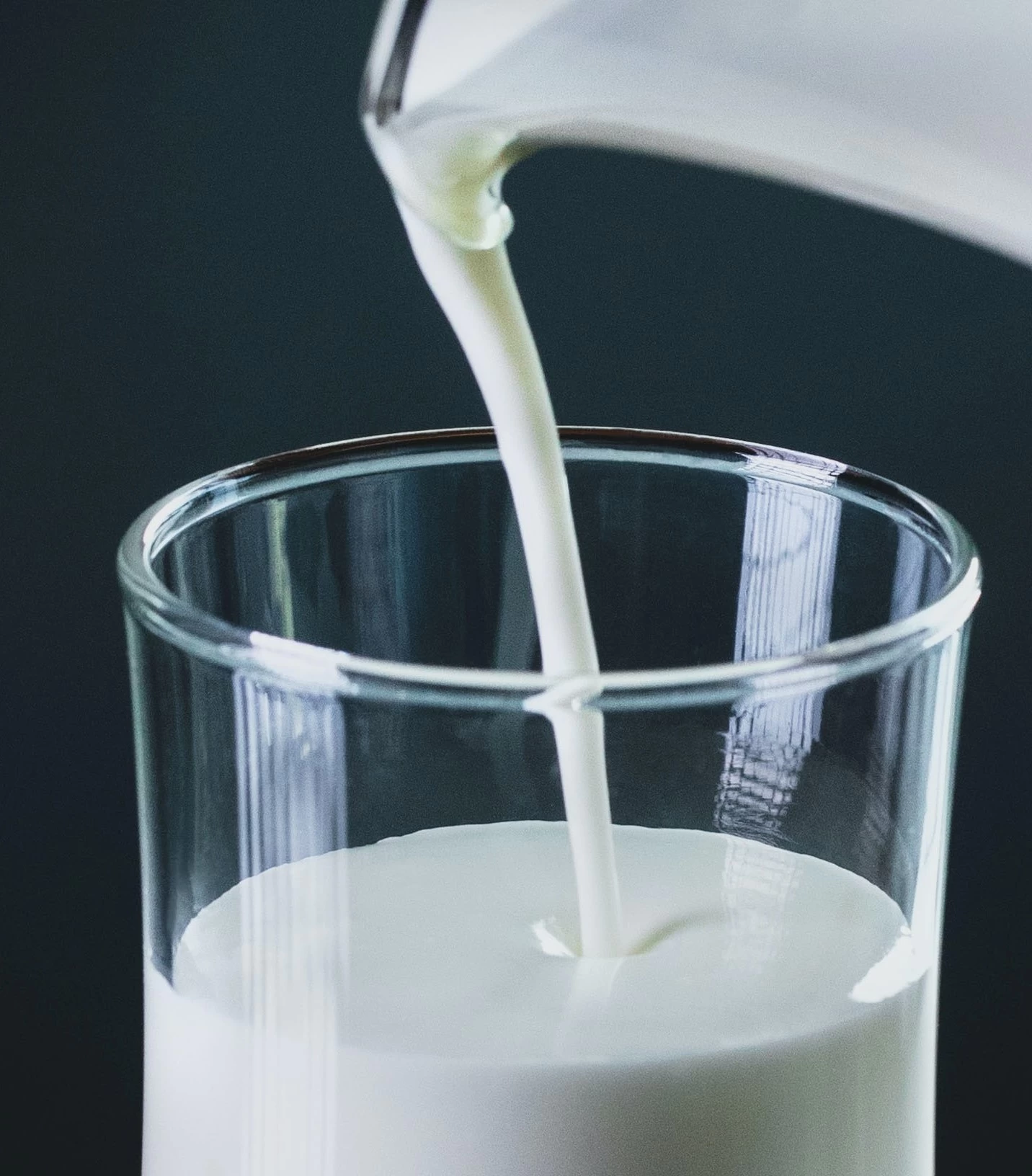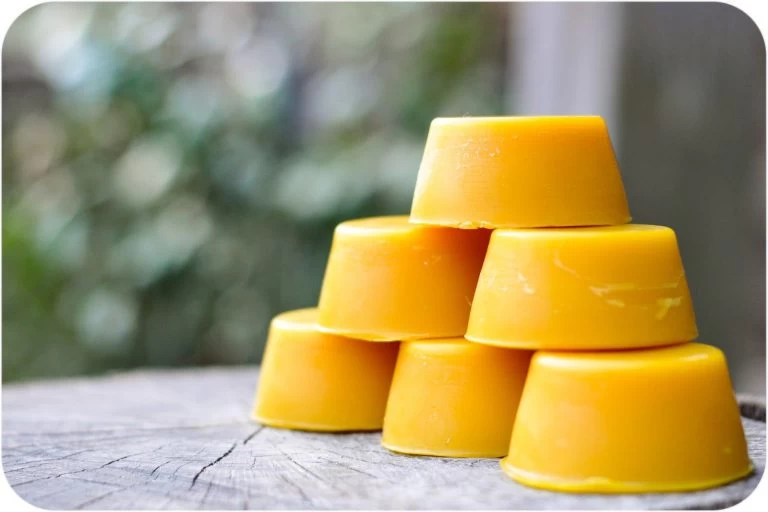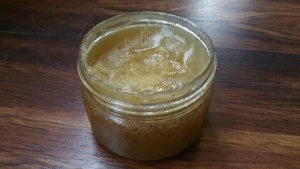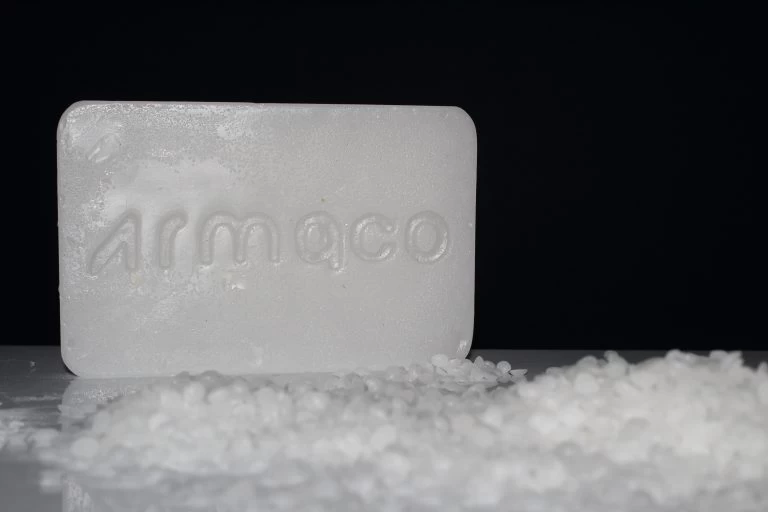Slack wax is a substance composed of wax and oil, which is a byproduct of motor oil production refineries and is the raw material for paraffin production. This product is obtained in the process of producing motor oils from a substance called Lubcat, which is a waste oil. In the process of paraffin production, slack wax is entered into the production system as feed, and after performing processes such as deoiling and decolorization, it becomes the final product, paraffin wax. The oil obtained in this process becomes another product called Fots Oil or Residue Wax, which has many industrial uses. (sale of paraffin slack wax)
Applications: Paraffin production, fuel industries, etc.
Slack wax is solid and is produced in the color range of yellow to light cream. This material is divided into light and heavy grades from the point of view of its melting temperature. The number of carbon chains between 50 and 52 is called light grade and carbon chains between 53 and 55 are called heavy grade. Other physical and chemical characteristics of this product include high amounts of paraffin, high flash point, bright color, and non-staining property.
History
Paraffin was discovered in the 19th century by a German scientist named Carl von Reichenbach. This happened when he was working to increase the efficiency and refine the oily compounds of the petrochemical industry. Because paraffin is much cleaner and safer than common oils in the candle making industry, it was used. The discovery of paraffin gave a new boost to candle production, meat packing and oil production industries in the early 20th century.
Paraffin wax and microcrystalline wax
Paraffin wax and microcrystalline wax are obtained from petroleum materials. These types of waxes can be recovered and presented in a wide range of desired physical characteristics. Most manufacturers offer two distinct types of petroleum waxes: paraffins, which are characterized by coarse, formed crystals. and microcrystallines, which are waxes with higher melting point and irregular and small crystals. Microcrystalline wax contains significant branched and rotary ratios of saturated hydrocarbons as well as normal alkanes.
Wax manufacturers also divide waxes according to purity percentage. Fully-refined paraffin wax has an oil percentage of less than 0.5%, and fully refined microcrystalline wax has an oil percentage of less than 0.3%. Also, "Slack Wax", which is the primary ingredient for paraffin production, has a weight percentage of 3% to more than 35% of oil. Paraffin wax, which is produced from petroleum materials, is necessarily a mixture of normal alkanes and isoalkanes without esters, acids, etc., which are found in animal waxes and plant-based waxes.
Synthetic waxes entered the market 50 years ago. Polyethylene waxes are low molecular weight polyethylenes that have characteristics similar to waxes and are obtained through polymerization under high or low pressure. Such waxes have the same basic structures, but in different production processes, products with different characteristics are obtained, which have an important effect on the product's uses.
Beeswax has been traded for 2000 years and before the 19th century any reference to the word "wax" meant beehive wax. Beeswax is made by bees in the hive and wax is obtained after melting the hive in boiling water.
Other animal waxes include lanolin, which is obtained from sheep's wool, ambergris, which is obtained from the intestine of the amber whale, and tallow, which is obtained from beef fat; Are.
Application :
Candle making industry
Wax emulsions
Textile Industry
Insulation and glass wool
Production of paraffin wax
(sale of paraffin slack wax)
 +7929688-88-14
+7929688-88-14

 English
English
 Persian
Persian
 Russian
Russian
 Chinese
Chinese


 +7929688-88-14
+7929688-88-14

 Oil derivation
Oil derivation

